1. Pacific Coast Highway (California)
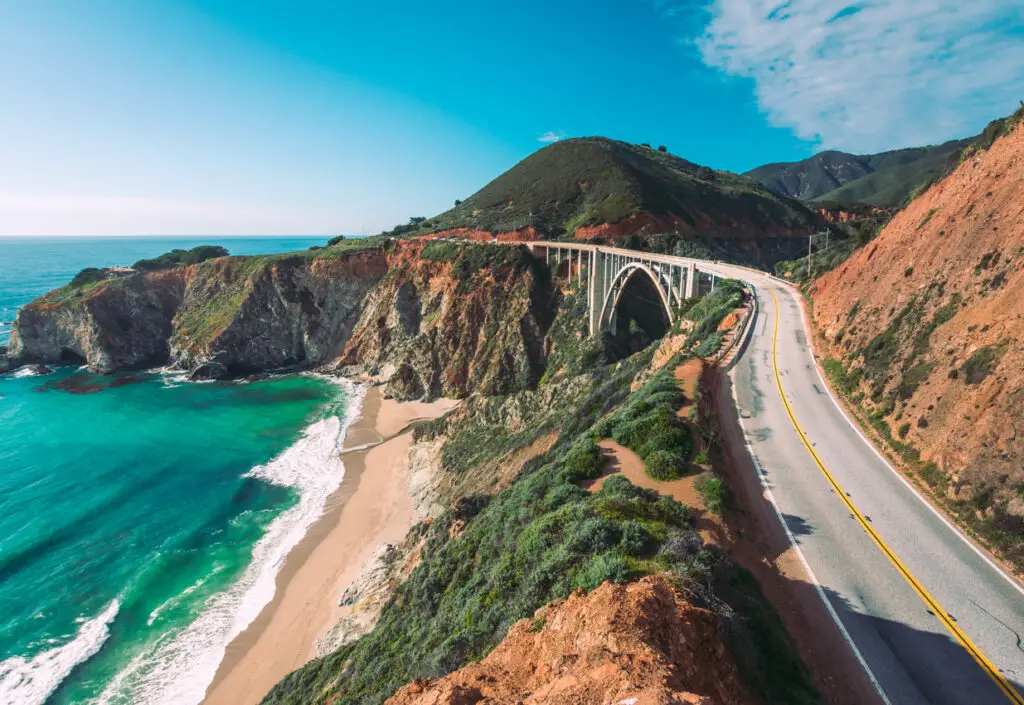
California’s Highway 1 is one of the most breathtaking drives in the country, with its winding roads hugging the coastline and waves crashing below. But in places like Big Sur and Malibu, increasing development is changing the landscape, replacing open views with resorts and multimillion-dollar homes. The rise in tourism has also led to more congestion, prompting road expansions that further disrupt the natural beauty. On top of that, coastal erosion and rising sea levels threaten to wash away sections of the road entirely, The Guardian reports.
The scenic cliffs and beaches that make this highway famous are disappearing under the pressure of both human and environmental forces. Landslides frequently shut down portions of the route, sometimes permanently altering its course. In some areas, protective barriers and artificial reinforcements are now blocking once-unobstructed views. If current trends continue, this iconic drive may become more of a memory than an experience.
2. Blue Ridge Parkway (North Carolina & Virginia)
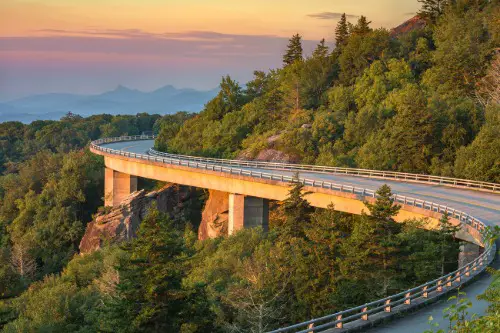
Winding through the Appalachian Mountains, the Blue Ridge Parkway is known for its sweeping views, vibrant fall foliage, and peaceful, undeveloped surroundings. However, increased tourism and nearby urban expansion are leading to more construction and commercialization along the route. New developments are popping up just beyond the parkway’s protected land, disrupting the secluded feel that makes this drive so special. With widening roads and increased vehicle traffic, sections of the parkway are beginning to lose their once-pristine charm, according to the National Parks Conservation Association.
Climate change is also playing a role in the parkway’s transformation, affecting the forests that provide its signature scenery. Warming temperatures are shifting the timing and vibrancy of the fall foliage, making peak leaf-peeping season less predictable. Increased rainfall and landslides are causing damage to the roadway, leading to more frequent and costly repairs. As modernization creeps in and nature fights to adapt, this beloved drive is slowly losing the untouched beauty that once defined it.
3. Overseas Highway (Florida)

The Overseas Highway, stretching from mainland Florida to Key West, is a bucket-list drive with its endless ocean views and tropical island charm. But as more people flock to the Keys, development along the route has exploded, bringing more high-rises, commercial buildings, and expanded roadways, The Florida Key & Key West’s site reports. What was once a scenic, laid-back drive now includes more billboards, chain businesses, and traffic congestion. The natural beauty that made this highway famous is being overshadowed by man-made structures and infrastructure.
Rising sea levels and stronger hurricanes are also putting the highway’s future in jeopardy. Coastal flooding frequently washes over sections of the road, and saltwater intrusion is weakening the bridges and asphalt. Expensive restoration projects are underway, but they often involve changes that compromise the highway’s original charm. If these challenges continue, the Overseas Highway may become more of a utilitarian route than a scenic getaway.
4. Route 66 (Multiple States)
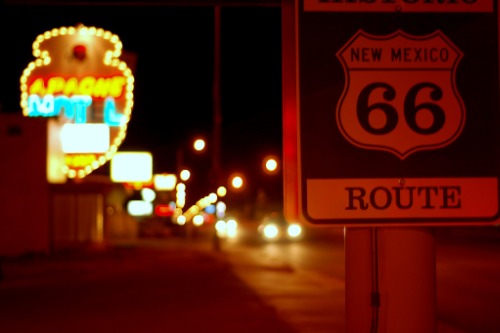
Route 66, America’s “Mother Road,” was once a vibrant stretch of classic diners, quirky roadside attractions, and wide-open desert views. Today, urban sprawl and highway expansions are erasing much of its historic charm, replacing old neon signs with chain businesses and strip malls, according to Smithsonian Magazine. In some states, long stretches of the original road have been bypassed or abandoned in favor of faster interstates. What was once a nostalgic journey through Americana is now a fragmented and fading piece of history.
Small towns that once thrived along Route 66 are struggling to stay alive as traffic shifts to larger highways. Many of the classic motels and diners that made the drive unique have shut down, replaced by generic developments. Preservation efforts exist, but they struggle against the constant push for modernization and new infrastructure. If Route 66 continues to disappear, so will the rich history and personality that made it famous.
5. Going-to-the-Sun Road (Montana)
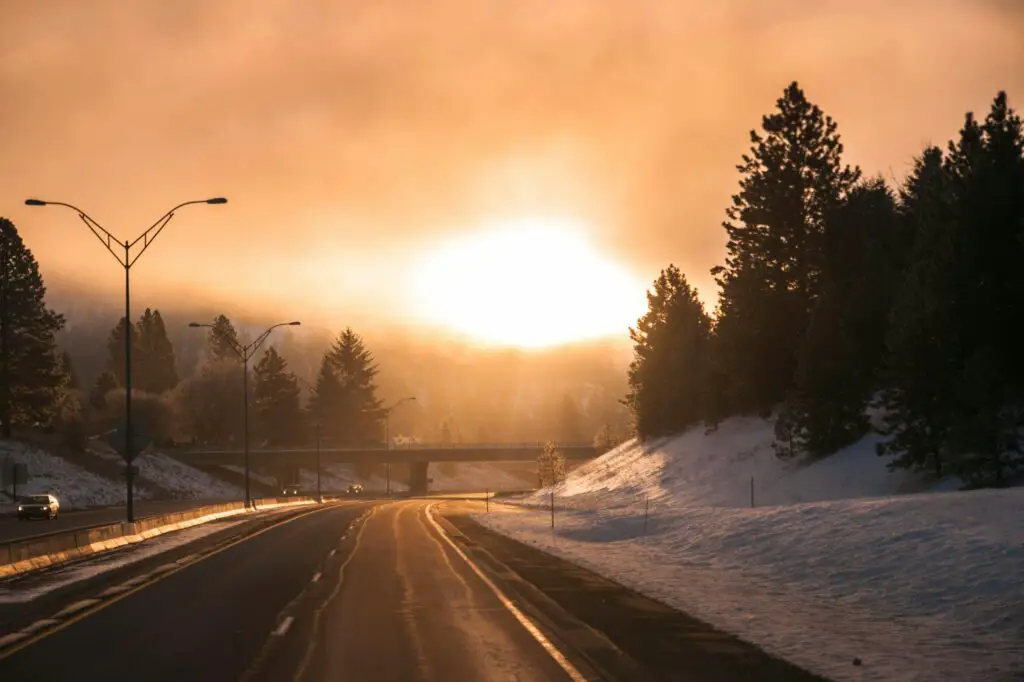
Carving through the heart of Glacier National Park, Going-to-the-Sun Road is one of the most stunning alpine drives in the world. But climate change and increasing tourism are putting its untouched beauty at risk, leading to overcrowding, road expansions, and ecosystem damage. Rising temperatures are melting the park’s namesake glaciers at an alarming rate, changing the scenery visitors come to see. Wildlife habitats are shrinking, and new visitor infrastructure is creeping into previously undeveloped areas.
The National Park Service has implemented vehicle restrictions to help manage traffic, but demand continues to grow. More tourists mean more parking lots, widened roads, and accommodations that gradually take away from the area’s natural appeal. Road maintenance projects, while necessary, also disrupt the peaceful experience with construction zones and closures. Without careful planning, this spectacular drive could lose the very things that make it special.
6. Kancamagus Highway (New Hampshire)
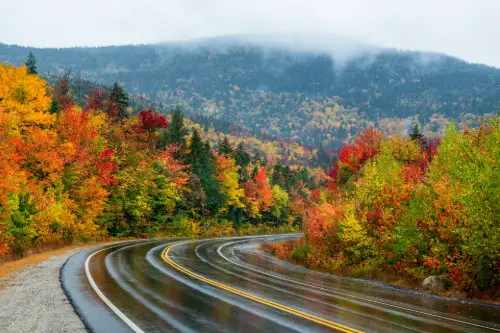
The Kancamagus Highway is a beloved New England drive, especially in the fall when its forests burst into brilliant shades of red, orange, and yellow. However, the increasing popularity of the route has led to traffic jams, overcrowding, and the need for more infrastructure. As more visitors come, new developments are creeping closer to the highway, gradually replacing the wild, untouched feel of the area. Logging operations in nearby forests are also changing the landscape, reducing the density of the stunning tree cover.
Climate change is another factor altering this scenic drive, as shifting temperatures affect the timing and intensity of fall foliage. Warmer autumns mean leaves may not reach the same vivid colors or could fall sooner than expected. More extreme weather events are also leading to erosion and landslides, threatening sections of the roadway. Unless protections are put in place, the “Kanc” may not offer the same magical experience in the future.
7. Columbia River Highway (Oregon)
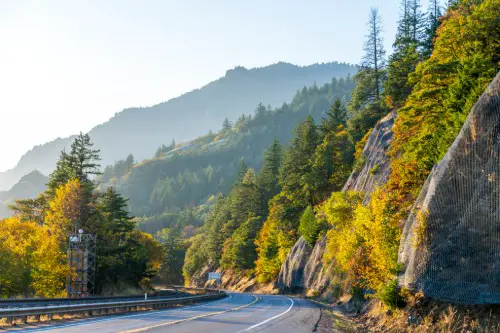
Oregon’s Columbia River Highway is a winding, waterfall-filled route that showcases some of the Pacific Northwest’s most breathtaking scenery. However, rapid population growth in Portland and surrounding areas is putting pressure on this once-remote drive. Increased traffic, road expansions, and new residential developments are chipping away at its rugged beauty. Scenic viewpoints are now packed with tourists, and parts of the highway feel more like a commuter route than an escape into nature.
Wildfires have also taken a toll, with large sections of forest along the route destroyed in recent years. The loss of tree cover has made some areas more susceptible to landslides, leading to frequent closures and detours. Restoration efforts are underway, but they take time, and some scenic areas may never fully recover. As Oregon continues to grow, this historic highway risks losing the natural wonders that make it so special.
8. Natchez Trace Parkway (Mississippi, Alabama & Tennessee)

The Natchez Trace Parkway is a tranquil, tree-lined route that follows an ancient Native American trail through three states. Its charm lies in its peaceful, undeveloped nature, but increasing urban expansion is threatening that serenity. New housing developments, commercial projects, and road expansions near the parkway are encroaching on once-secluded areas. While the road itself is protected, the views along it are gradually being replaced by modern infrastructure.
Traffic is also increasing, leading to discussions about widening sections of the route, which could alter its historic and scenic character. Some stretches have already seen new construction pop up within sight of the road, taking away from the feeling of traveling back in time. Preservation efforts are in place, but balancing growth with conservation is an ongoing struggle. If development continues unchecked, the Natchez Trace may lose the quiet, untouched beauty that makes it special.
9. Beartooth Highway (Montana & Wyoming)
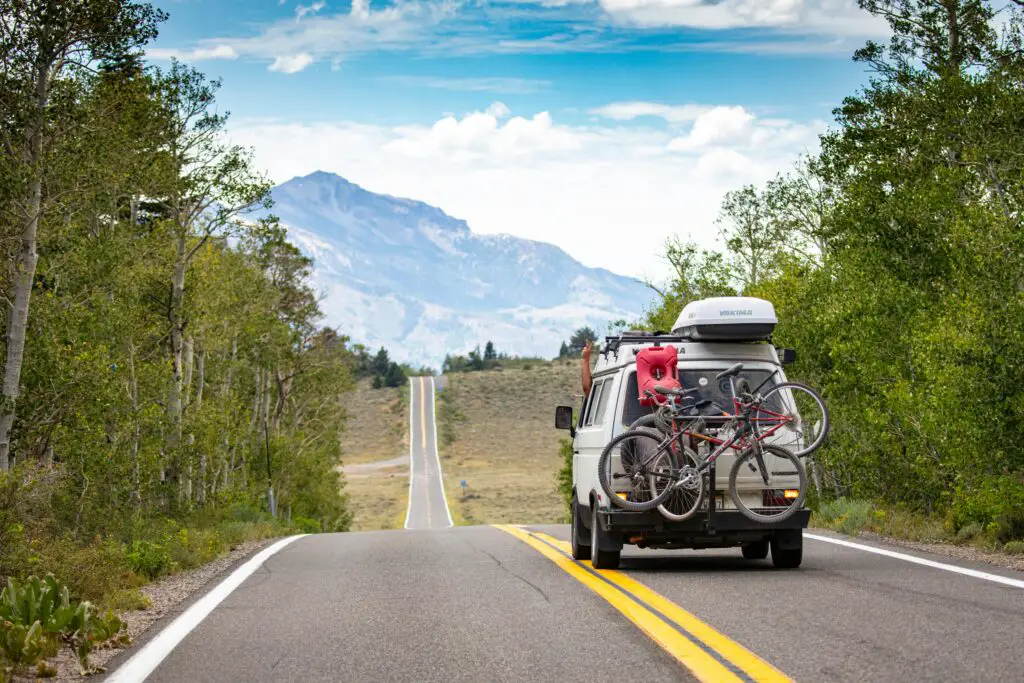
Beartooth Highway is one of the most dramatic high-altitude drives in the country, offering sweeping views of the Absaroka and Beartooth Mountains. However, climate change and increased tourism are putting pressure on this fragile alpine environment. Warming temperatures are causing permafrost to melt, which weakens the road’s foundation and leads to frequent repairs and closures. More visitors mean heavier traffic, which has led to discussions about expanding the highway or adding more visitor facilities.
Road work is necessary for safety, but it also disrupts the untouched wilderness feel that makes this drive special. Expanding the road could mean cutting into delicate mountain landscapes, permanently altering the view. Increased tourism also means more litter, noise, and human impact on the region’s wildlife. If efforts aren’t made to protect the area, Beartooth Highway could lose its wild, remote character.
10. Skyline Drive (Virginia)
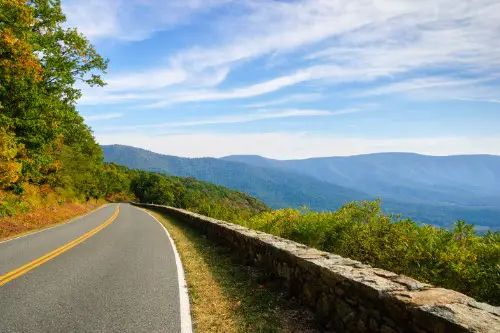
Skyline Drive runs through the heart of Shenandoah National Park, offering incredible views of the Blue Ridge Mountains. But as more people move to northern Virginia, urban expansion is creeping closer to the park’s borders. Once-remote sections of the drive now have subdivisions and commercial buildings visible in the distance. Traffic congestion is becoming a bigger issue, leading to calls for road expansions that could disrupt the park’s natural beauty.
Climate change is also affecting Shenandoah’s forests, altering the timing of fall foliage and increasing the risk of severe storms. Heavy rains and landslides are making road maintenance more challenging, leading to more construction zones along the drive. More visitors mean more parking lots and amenities, which, while helpful, take away from the untouched wilderness experience. If these trends continue, Skyline Drive may feel less like a scenic retreat and more like a heavily managed attraction.
11. Texas Hill Country Ranch Roads (Texas)
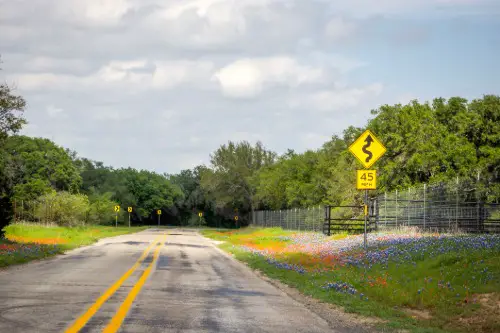
The rolling hills and wildflower-covered fields of Texas Hill Country make its network of ranch roads some of the most beautiful drives in the state. But rapid development in cities like Austin and San Antonio is pushing farther into these once-rural landscapes. New housing developments, highways, and commercial centers are replacing open fields and quiet country roads. What was once a peaceful drive through small towns and open land is now dotted with subdivisions and strip malls.
As land values rise, ranches are being sold off to developers, leading to even more urban sprawl. The famous spring wildflower blooms, including Texas bluebonnets, are also at risk as natural habitats shrink. Increased traffic is leading to road expansions, which take away from the winding, scenic character of these drives. If development continues at this pace, the Hill Country’s rural charm could disappear entirely.
12. Seward Highway (Alaska)
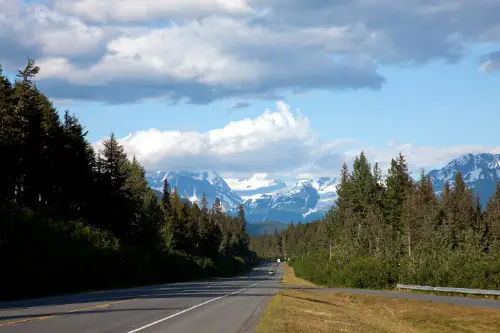
The Seward Highway in Alaska offers some of the most breathtaking coastal and mountain scenery in the country. However, increasing tourism and infrastructure projects are threatening its untouched beauty. New developments and expanded visitor facilities are popping up along the route, changing its rugged, remote feel. More cruise ship passengers and tour buses mean heavier traffic, leading to talks of widening the road and adding more parking areas.
Climate change is also impacting the highway, with rising temperatures causing more frequent rockslides and road washouts. Melting glaciers are altering the landscapes that make this drive so stunning, changing the views that travelers come to see. Efforts to stabilize the road could involve more artificial reinforcements, which may take away from its natural appeal. If these changes continue, the Seward Highway may feel less like a wild Alaskan escape and more like a crowded tourist corridor.


